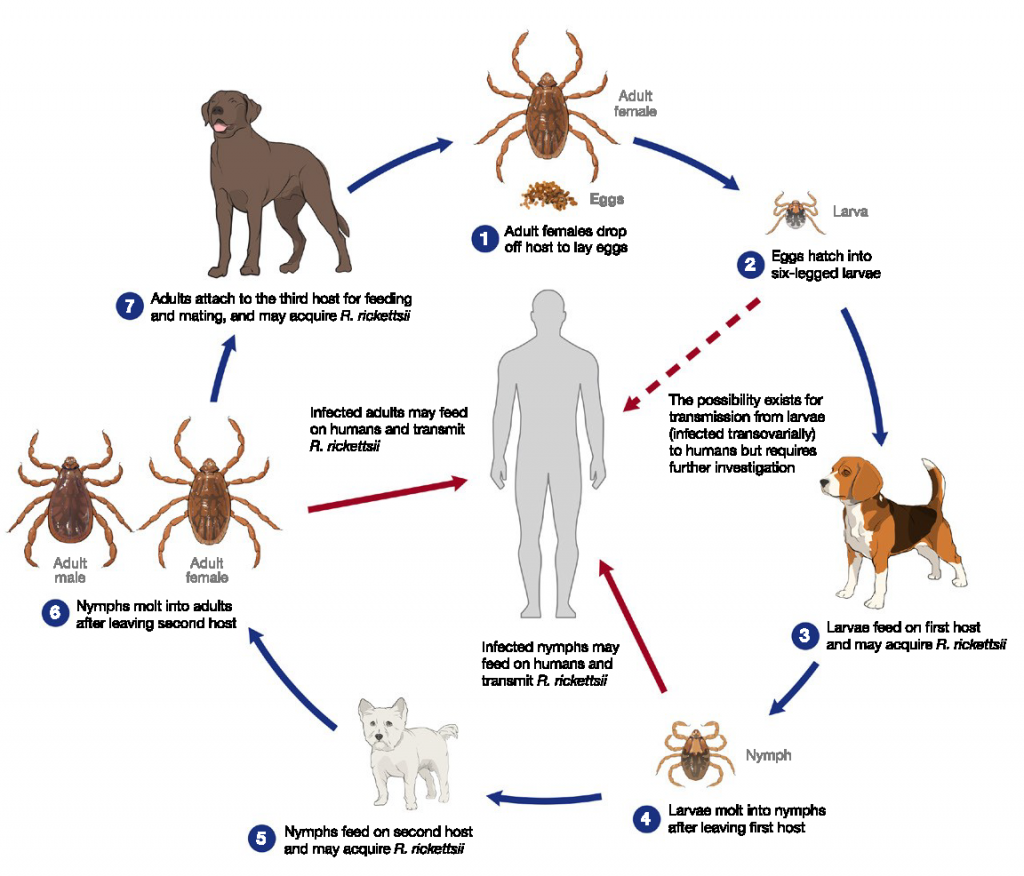tick life cycle canada
Rocky Mountain spotted fever. Generally adult female hard ticks breed while on the host animal and then drop to the ground to lay eggs.
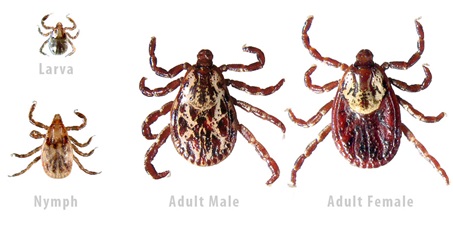
Ticks What Do I Need To Know As An Atlantic Canadian Mountain Road Animal Hospital
At this stage of life these small ticks about 18-inch in size have six legs instead of the eight legs they will have later on in their lives.

. At each stage ticks require a blood meal to survive and develop. This means that tick larvae and nymphs as well as full-grown adult ticks need to bite a host such as a human or a wild animal and suck its blood in order to survive. These ticks have four stages of the life cycle.
This is a three host tick with each stage leaving the host to moult prior to finding another host. Many ticks can live as long as three to five months between each stage. Female ticks lay thousands of eggs on the ground which then hatch into larvae known as seed ticks.
Ticks are not able to lay eggs directly on a host they must first detach. Ticks lifecycle begins at the egg stage then proceeds to the larval stage nymphal stage and lastly the adult. Black Legged ticks are the common vector for Lyme Disease.
The larval ticks then leave their hosts and moult to nymphs which become active the following spring and early summer looking for small rodents and birds on which to blood feed. Adult ticks seek host animals to feed on and after engorgement on blood. There are dozens of different tick species that are commonly found across Canada.
It begins in early spring when adult females lay eggs on the. They are clear hard and thin to put into the oversize mail. Eggs Larvae Nymph and Adults.
In Canada you will most likely spot the black-legged breed popularly known as the deer tick. Lets review the life-cycle of a tick. The First Stage egg The adult female tick first fulfills a proper blood meal then the process of mating occurs between an adult male and adult female tick.
Eggs are not dangerous and. The Ixodes scapularis ticks that transmit Lyme disease in Eastern regions of the United States and Canada have a two-year life cycle. A ticks life cycle may also impact life span.
Centers for Disease Control and Prevention National Center for Emerging and Zoonotic Infectious Diseases NCEZID Division of Vector-Borne Diseases DVBD. They are abundant in the province of Ontario. A female tick is capable of laying more than a thousand eggs.
The immature stage of blacklegged tick which become active in late spring continue to be active throughout the summer season. Tick activity continues in the summer. Ticks have 4 distinct stages to their life cycle.
Ixodes scapularis the black-legged deer tick which is the primary vector for Lyme disease has a four-stage life cycle and a lifespan of about two years. Now let us look at their life cycle to get a better understanding. Egg larvae nymph and adult.
It is found mainly in Quebec and Ontario. Tick found in southern and eastern Canada and the western black-legged tick found in the West. The eggs hatch and six-legged larvae emerge from the eggs.
Inside or out ticks love a warm environment to lay their eggs. O゚ω゚oSize Diameter 57cm Thickness 1cm o゚ω゚oMain Materials Acrylic Shrink plastic Resin. The majority of hard ticks require three different hosts to complete their development.
1 The Egg Stage 1 After the adult female tick has acquired a proper blood meal she mates with the adult male tick leaves the host and searches for a suitable spot to lay her eggs. Egg Larvae Nymph and Adult. Ticks are found in many areas across Canada including southern Ontario.
Usually rodents and other small animals serve for the first two feedings and large animals such as deer cattle dogs sheep and humans serve as the host for the last feeding. Stages in the Life Cycle of Ticks. The ticks can become vectors of the Lyme disease-causing.
Life Cycle of Ticks. However adult blacklegged ticks are less active in the summer as they prefer cooler temperatures. Soft ticks prefer to feed on birds or bats and are seldom found on dogs or cats.
That gives them plenty of opportunity to pick up a pathogen that they can later transmit through their saliva when they bite someone. Ticks have four distinct life stages. Ticks have a two year life cycle.
Different Types of Ticks in Ontario Canada American dog tick or Dermacentor variabilis. American dog ticks continue questing into the summer months. These stages are egg larvae or seed tick nymph and adult.
Each stage of the life cycle requires a blood meal to develop and eggs typically hatch into six-legged larvae after a period of four to 10 days. They can survive on large mammals such as humans livestock dogs cats. However they can lay eggs just about anywhere else and they do.
Female adults die after egg-laying is complete. During this development ticks go through four stages of life. Females deposit from 3000 to 6000 eggs on the ground.
To reduce the shipping cost I find this Acrylic Coin Holder. They go through a two-year life cycle. The Rocky Mountain wood tick is a three-host tick a new host being sought for each one of its three feedings which occur over a period of 1 to 3 years.
After a two-year life cycle a female tick can lay thousands of eggs. The female tick then leaves the host and. Ticks that require multiple molts before reaching maturity can take up to three years to reach full adulthood.
Two of the most common types are Black Legged ticks formerly know as the Deer Tick and the American Dog tick. In early spring ticks begin to lay their eggs. Female adults die after egg-laying is complete.
THE TICK LIFE SPAN A ticks life span may depend on a number of factors including the type of species. This is a life cycle box of tick basic on the Amblyomma americanum. Its important to be familiar with this life cycle to get rid of ticks from your lawn and landscape and prevent tick bites.
Depending on the species and environmental conditions the entire life cycle may take anywhere from a few months to 4 years. Ticks have four stages of their life cycleeggs larvae nymphs and adult ticksand every stage except the eggs feeds on blood. The life cycle of a tick is completed after four stages namely egg larva nymph and adult it requires more than a year to complete a full life cycle.
Ticks have four distinct life stages. A tick goes through a similar life cycle as other arthropods as the metamorphosis starts at the egg stage moves to larval stages then to the nymphal stage and finally to adult. What is the life cycle of the tick.
Dogs are the preferential host and. The adults of the Blacklegged tick will generally feed on the white-tailed deer during the winter months and mate during this time. Ticks have 4 life stages.
The tick eggs hatch in the summer and the released larvae feed on small mammals and birds and it is from these hosts that the ticks first acquire B. There has been an increased incidence of this parasite as more dogs are traveling with their owners to tropical and semi-tropical destinations and then bringing the ticks back home.
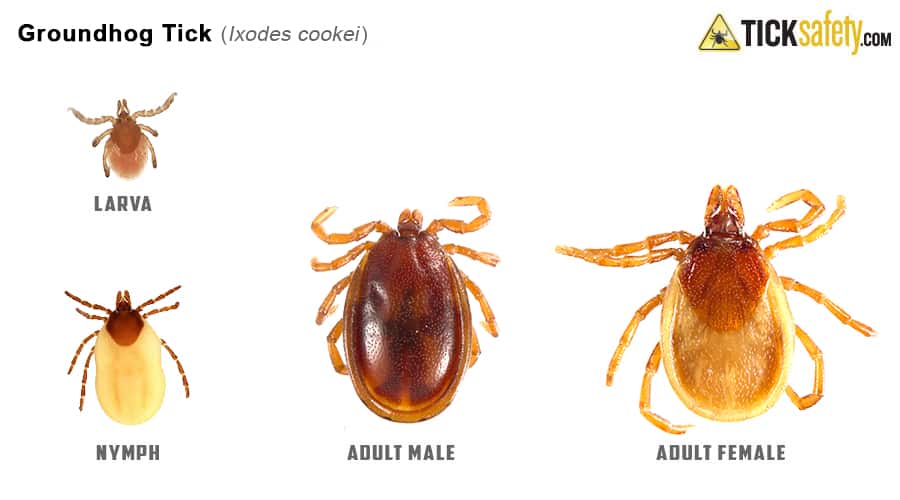
Groundhog Tick Ixodes Cookei Ticksafety Com

Tick Disease Prevention Tools Deerbusters Canada
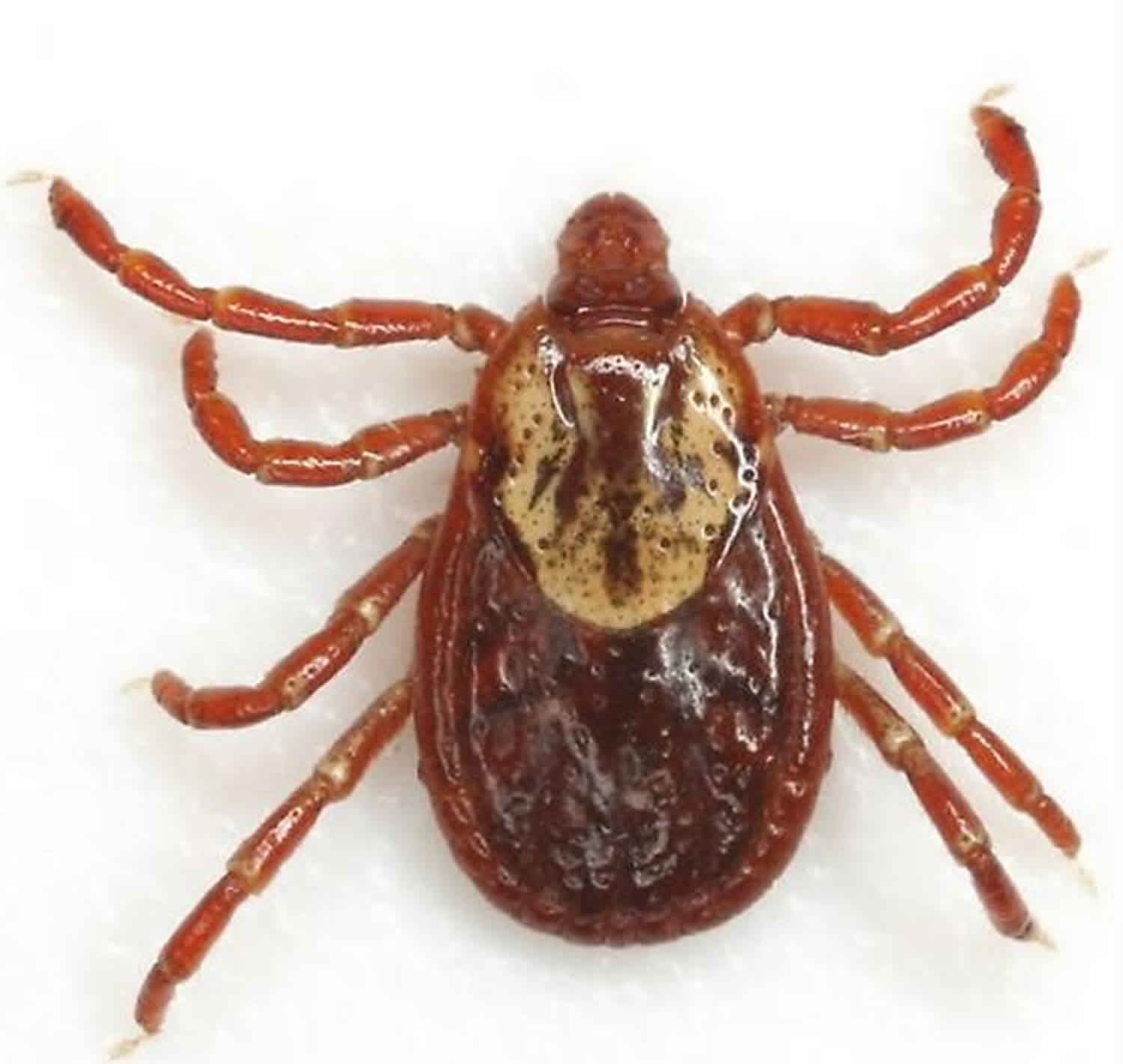
American Dog Tick Disease Life Cycle Prevention How To Remove A Dog Tick

Update Protecting Yourself Your Dog From Ticks Toronto 2020 Royal York Animal Hospital
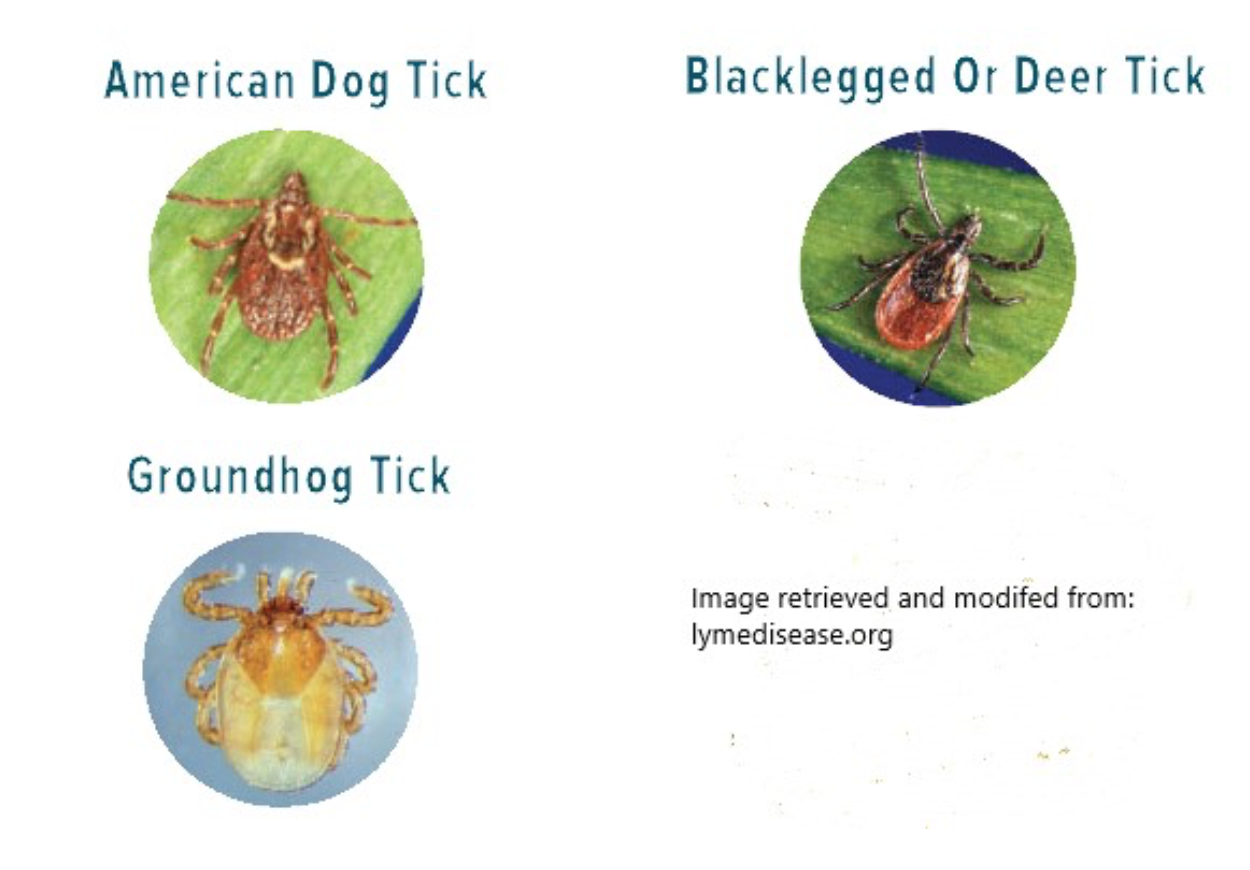
Ticks Lyme Disease And Our Pets St David S Veterinary Clinic

Life Cycle Of The Ixodes Tick Vectors Of Lyme Borreliosis Reservoir Download Scientific Diagram
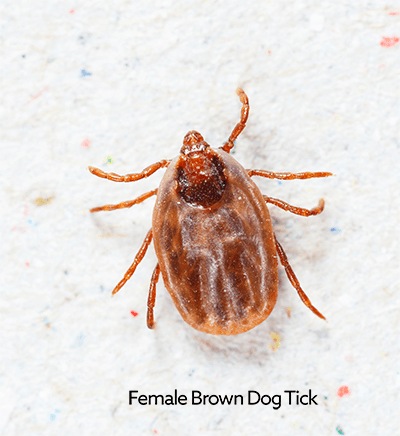
Ticks In Cats Vca Animal Hospital
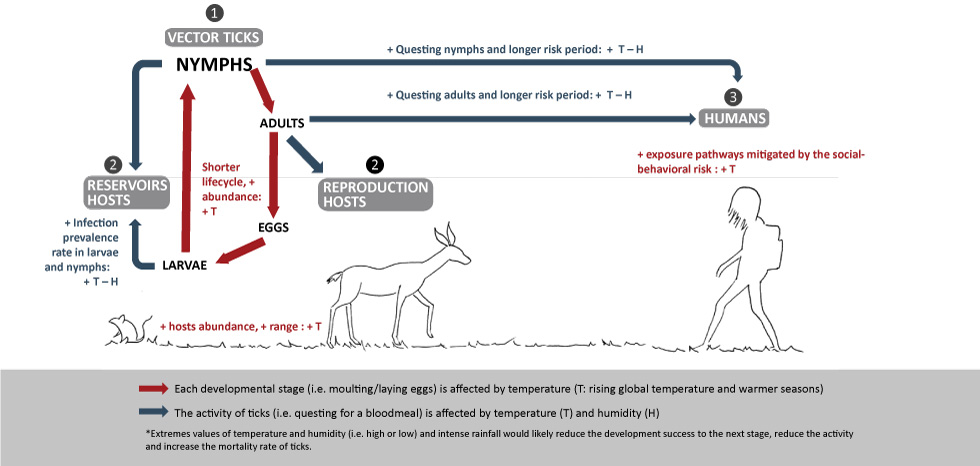
Tick Borne Disease With Climate And Environmental Changes Canada Ca
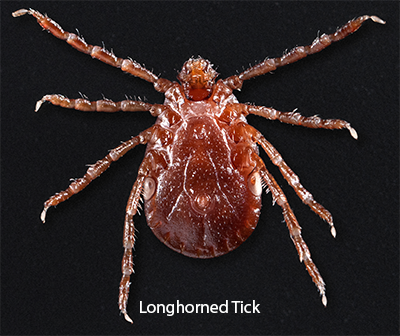
Ticks In Cats Vca Animal Hospital

The Typical Life Cycle Of The Black Legged Or Deer Tick Ixodes Download Scientific Diagram
Transmission Canlyme Canadian Lyme Disease Foundation
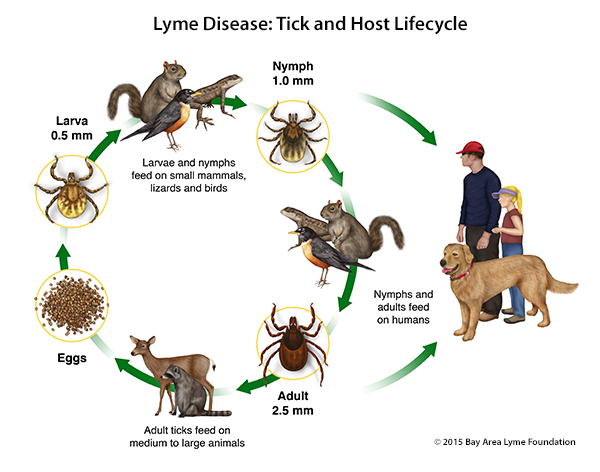
Park Animal Hospital Veterinarian In Mississauga On Canada Lyme Disease

The Typical Life Cycle Of The Black Legged Or Deer Tick Ixodes Download Scientific Diagram
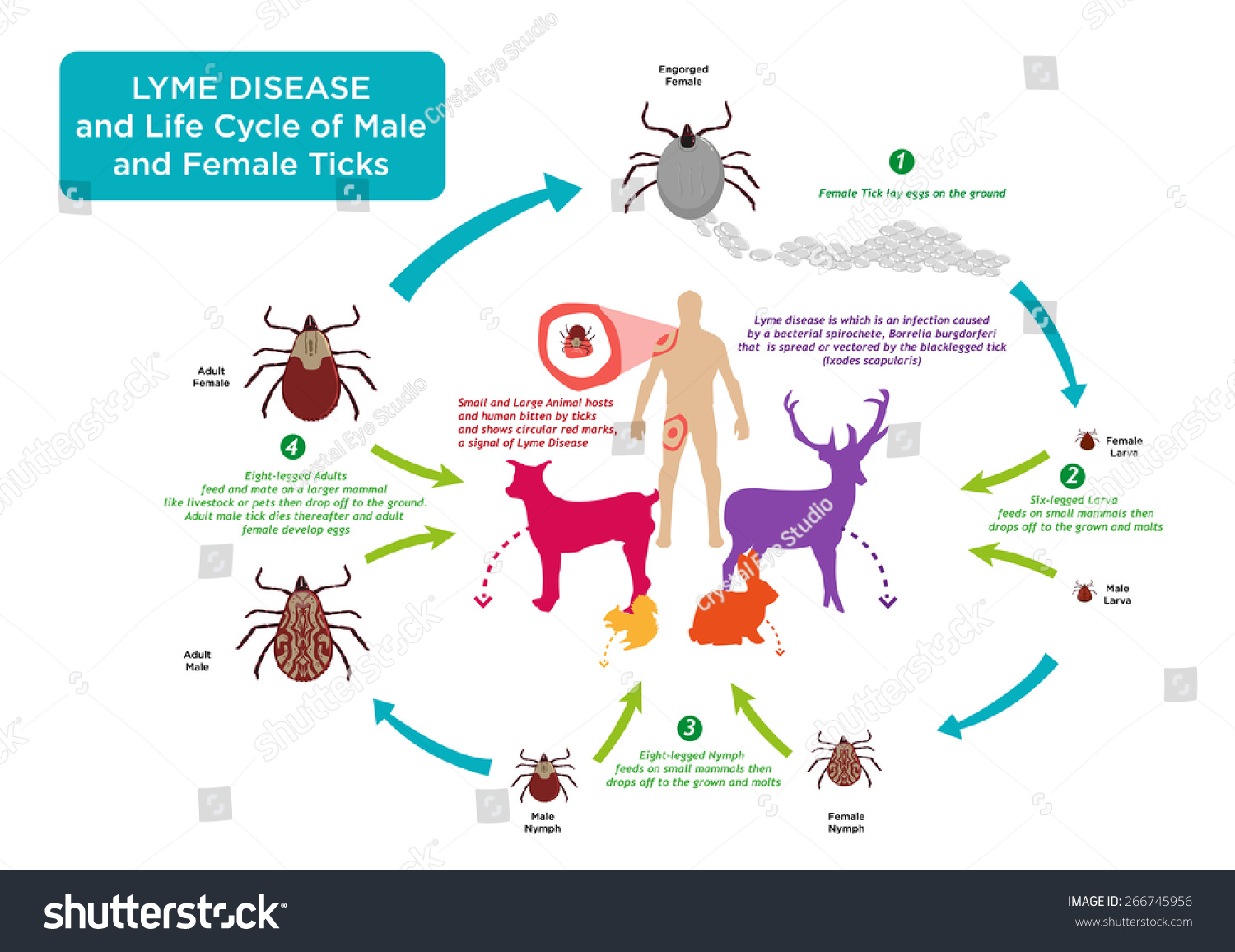
Life Cycle Tick Bug Common Hosts Stock Vector Royalty Free 266745956 Shutterstock

Ticks Vectors Of Disease River Grove Animal Hospital Mississauga On
